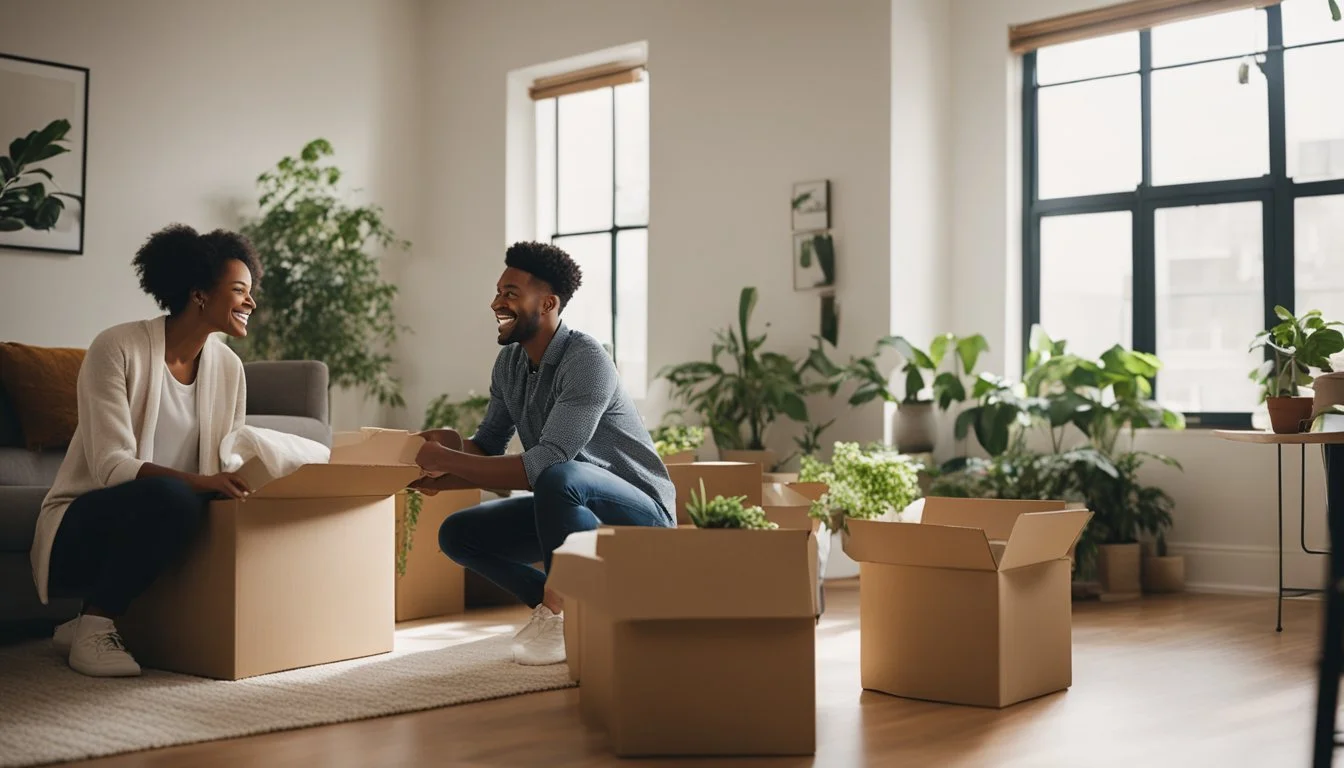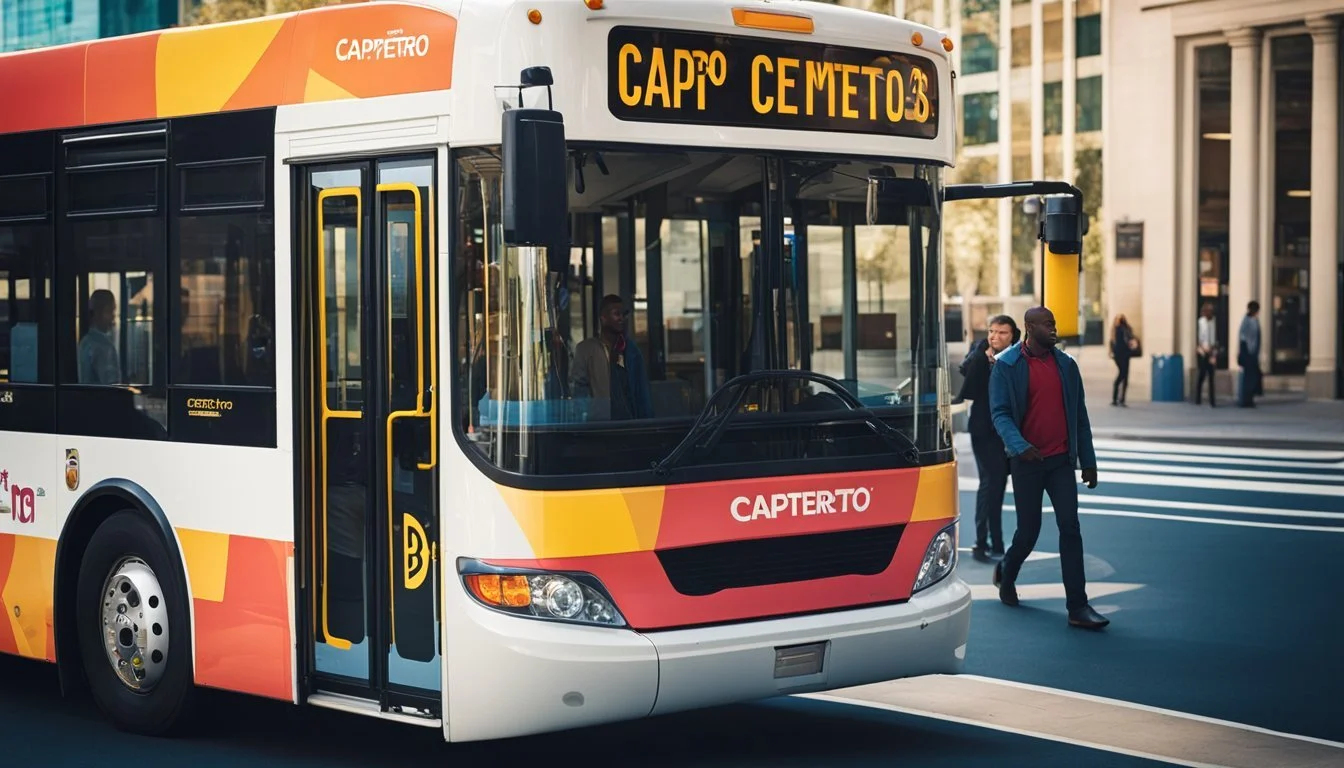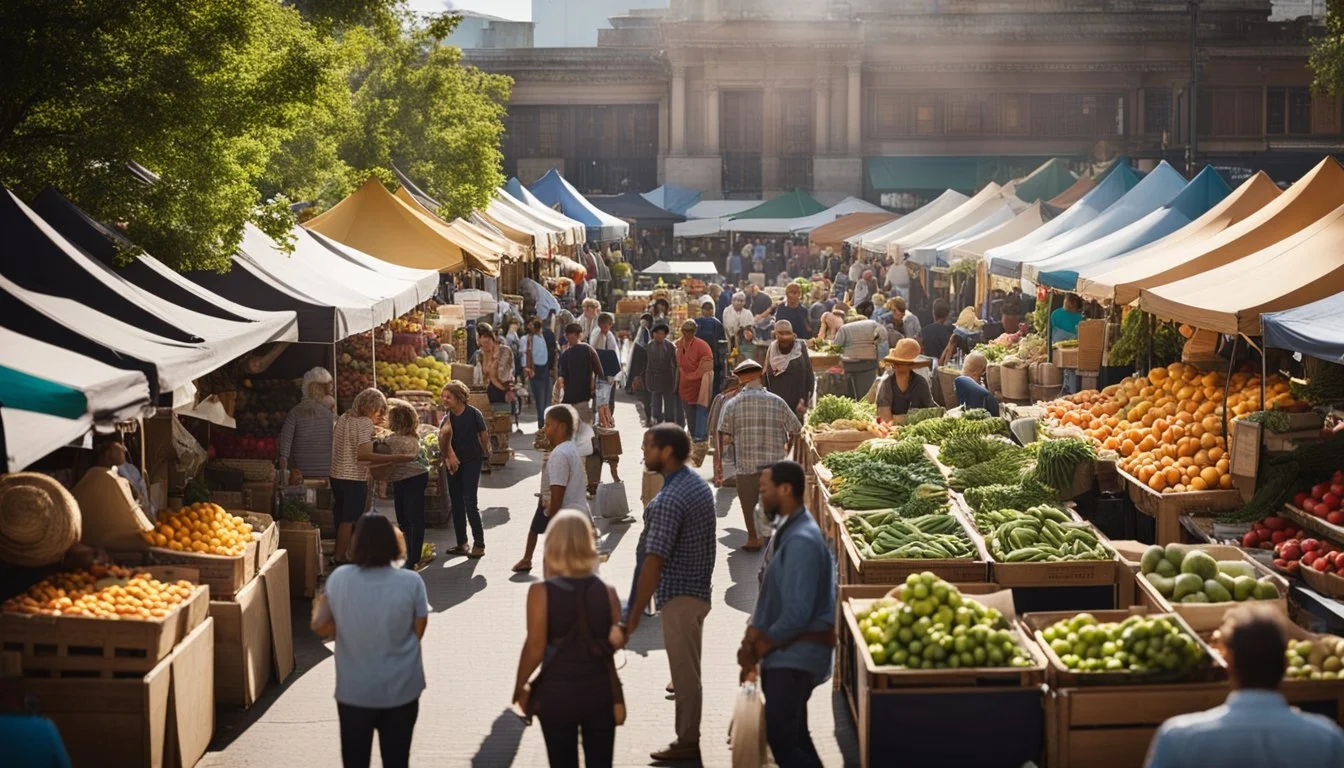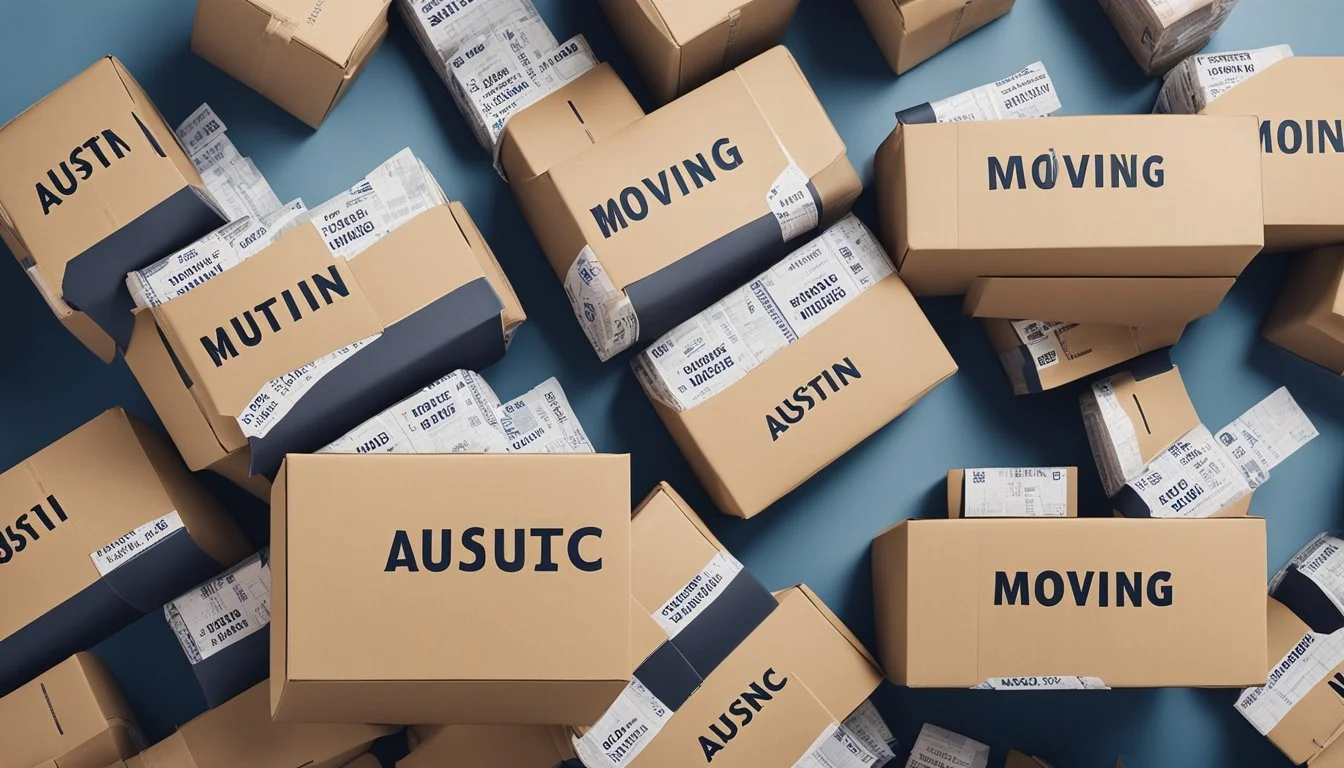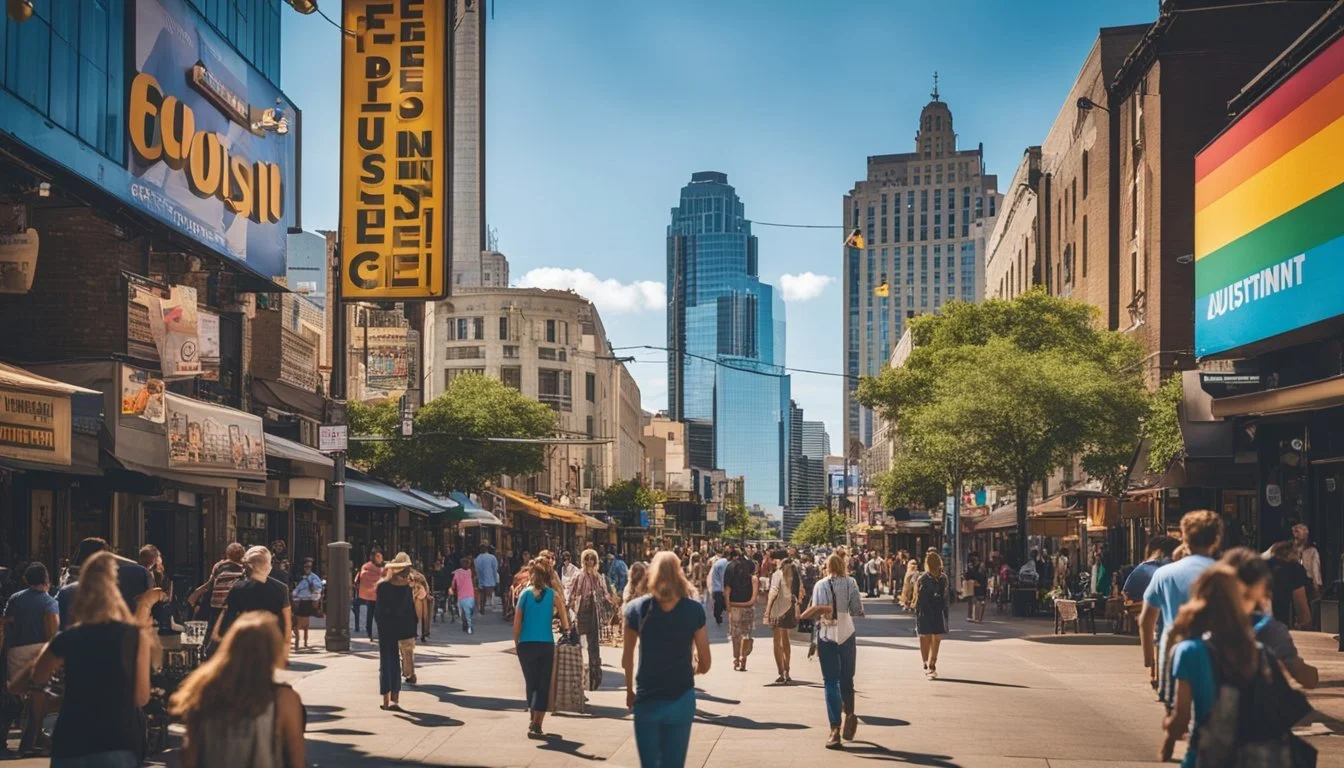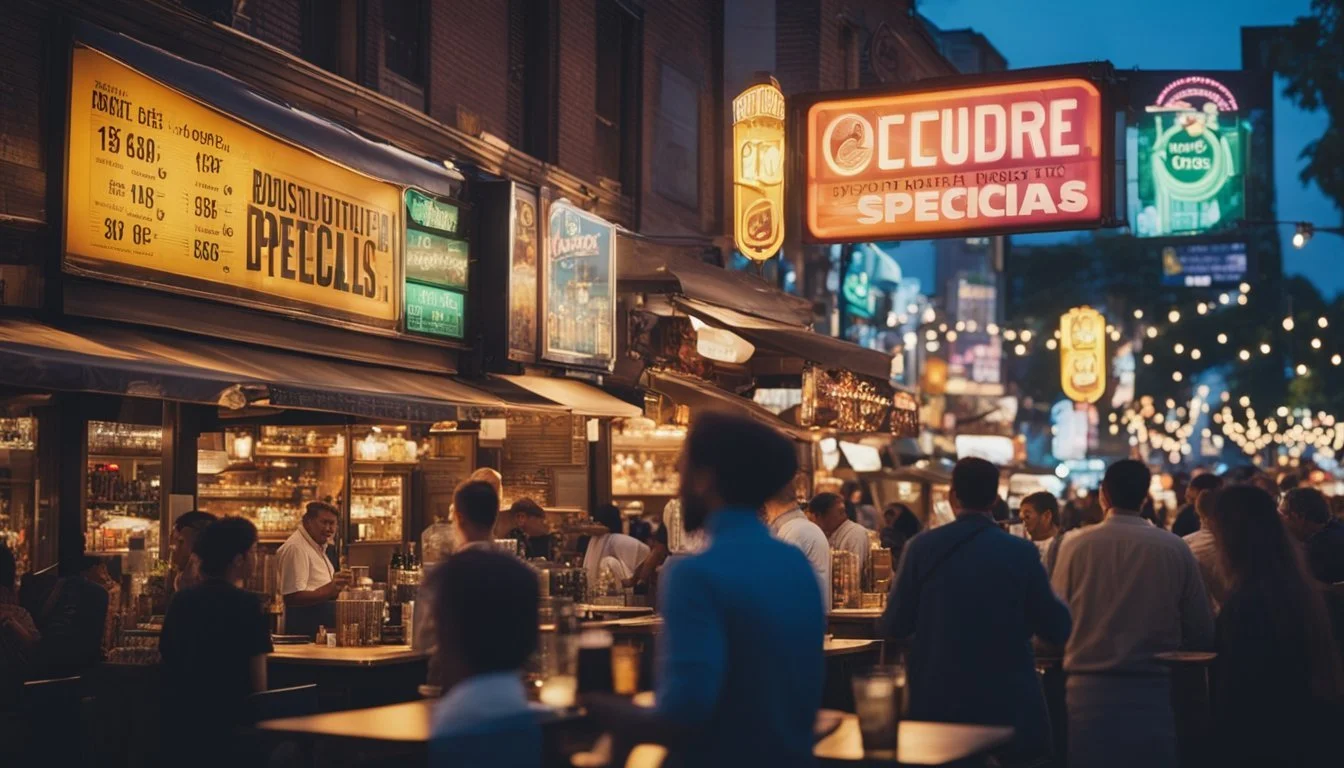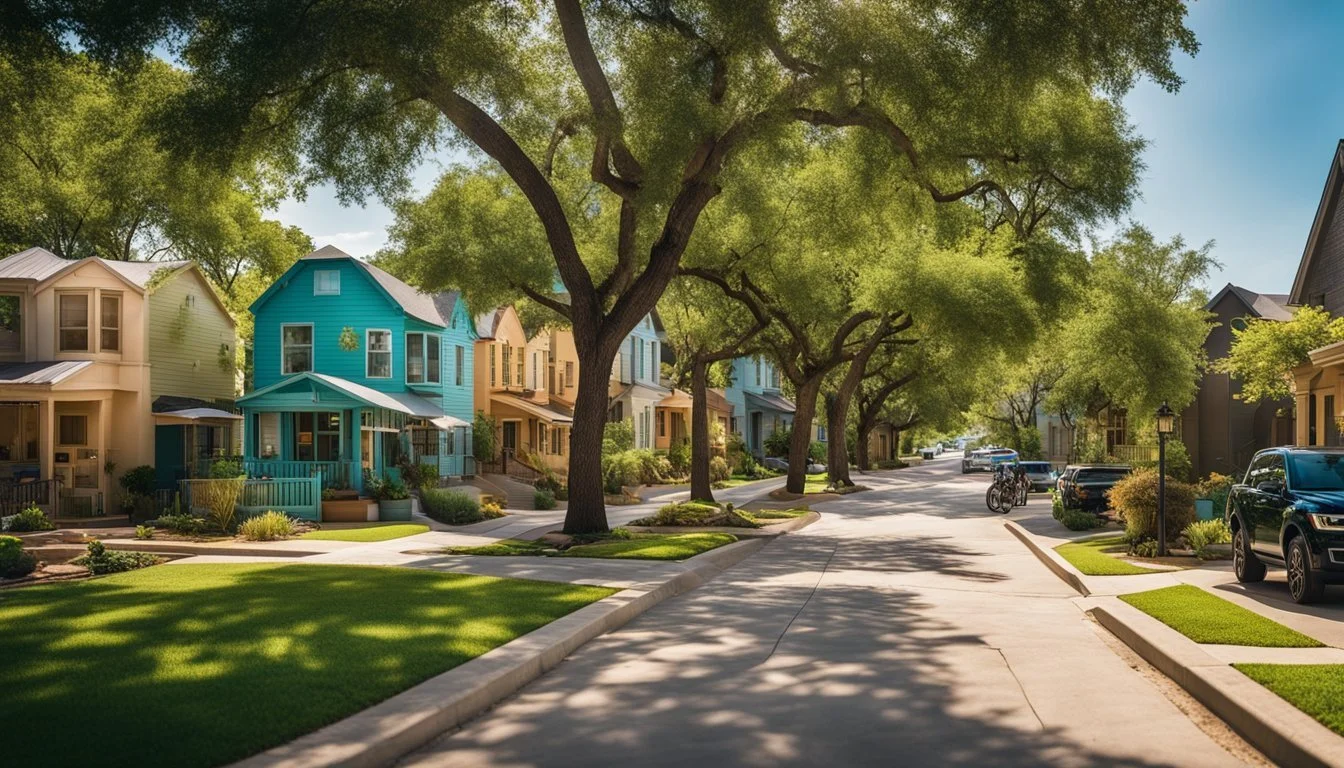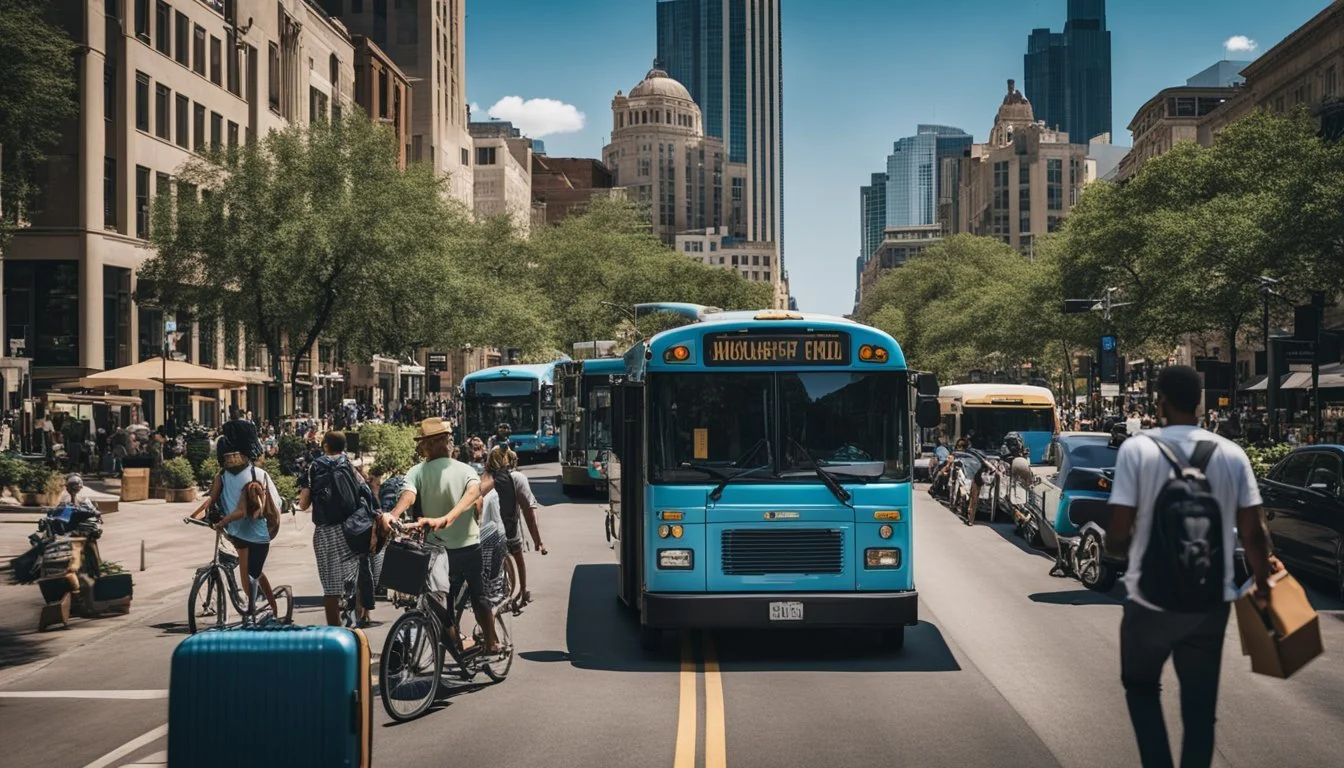8 Tips for Moving to Austin on a Tight Budget
Essential Guide for Smart Savings
Moving to Austin can be an exciting adventure, especially when done on a budget. With the right planning and strategies, it's possible to relocate without breaking the bank. Austin offers a rich cultural scene, numerous green spaces, and a growing tech industry that attracts many new residents each year.
Learning how to navigate the city's cost structures and finding budget-friendly options can make a significant difference in your moving experience. From finding affordable housing to managing moving expenses, understanding the essentials of cost-effective relocation is key to starting your new life in Austin successfully.
1) Find Affordable Housing in East Austin
East Austin is known for its relatively more affordable rental and housing options compared to other parts of the city. The area has seen several affordable housing projects, such as the Libertad project, which plans to bring over 200 affordable homes to city-owned property at 900 Gardner Road.
Residents can often find updated listings of available units through resources like the Affordable Housing Online Search Tool (AHOST) provided by AustinTexas.gov. This tool is regularly updated and reflects the current availability of affordable housing units in the area.
Additionally, East Austin hosts several nonprofit organizations and housing navigators that assist prospective residents in finding and securing affordable housing. These organizations ensure that information on available units is current and provide support throughout the application process.
Potential residents should explore both rental and ownership opportunities. Large projects, such as the nearly 200 rental units and 26 homes planned near Hwy. 183, offer a variety of options that cater to different needs and budgets.
Quick access to public transportation and proximity to essential services make East Austin an attractive option for those seeking affordable living solutions within the city.
2) Use Public Transportation - CapMetro
CapMetro is the public transportation system in Austin, making it an essential tool for budget-conscious movers. Capital Metro operates an extensive bus and rail network that can simplify navigating the city without needing a car.
The MetroBus network includes about 80 bus routes, including 14 high-frequency routes providing quick and reliable service. The CapMetro App helps you plan trips, check schedules, and purchase tickets efficiently.
For longer commutes, the MetroRail line connects Downtown Austin with the northwestern suburbs. This service can help avoid the hassle of traffic and parking, giving a smooth travel experience.
Kids ages 18 and under ride CapMetro for free, and several Park & Ride facilities offer convenient access to transit services. These benefits can save significant transportation costs for families.
CapMetro also accommodates bicycles, making it easy to combine cycling with public transportation. This flexibility ensures that residents can move around Austin conveniently and affordably.
3) Shop at Local Farmer's Markets
Shopping at local farmer's markets in Austin can stretch your budget and support the community. The city offers a variety of markets where fresh, affordable produce is available.
The SFC Farmers Market Downtown is a popular choice. Every Saturday from 9 a.m. to 1 p.m., you can find sustainable food products and handmade goods at Republic Square.
Lone Star Farmers Market, located in Bee Cave, is about 25 minutes from the city. This market offers a range of fresh produce and local products, making it worth the trip.
Exploring these markets can lead to finding seasonal fruits and vegetables at lower prices compared to grocery stores. This can aid in maintaining a healthy diet without overspending.
In addition to fresh produce, many markets in Austin feature local artisans, live music, and community activities. This makes shopping more enjoyable and supports local businesses.
By incorporating visits to these markets into your weekly routine, you can discover new foods and save money. It's an effective strategy for those moving to Austin on a tight budget.
4) DIY Moving Supplies
Choosing the right moving supplies is essential for a DIY move to Austin on a tight budget. Essential supplies include standard boxes, which come in various sizes to fit different household items. Wardrobe boxes are perfect for transporting hanging clothes without wrinkling them.
Consider purchasing packing tape and a dispenser to seal your boxes securely. Bubble wrap and packing paper are crucial for protecting fragile items. These materials help prevent damage during transit and make unpacking easier.
Reusable plastic bins can be an eco-friendly alternative to cardboard boxes. They are sturdy and can be used for storage after the move. Labeling each box clearly is also important to ensure an organized and efficient unpacking process.
Investigate free or low-cost options for sourcing boxes. Local businesses, friends, and online community forums often offer used boxes. This can significantly reduce expenses and contribute to an environmentally friendly move.
Basic tools such as screwdrivers, pliers, and box cutters should also be on hand. These tools will help disassemble furniture and open packed boxes without hassle.
Investing in a dolly or hand truck is wise for transporting heavy items, reducing the physical strain and risk of injury.
All these supplies play a key role in ensuring a smooth and cost-effective DIY move to Austin.
5) Consider Roommates
Sharing living quarters with a roommate can significantly lower housing costs. Rent and utility bills are divided, making it easier to manage expenses. In Austin, where the average rent is around $1,174 to $1,225 per month, having a roommate can cut these costs in half or more.
Roommates also help with the initial financial outlay when moving. Deposits and other upfront expenses are shared, easing the financial burden. Additionally, some roommates may already have furniture and appliances, potentially reducing the need for new purchases.
Finding a compatible roommate is crucial for a harmonious living environment. Look for someone with similar lifestyle habits and schedules. Websites and local community boards often list roommate opportunities, providing a starting point for your search.
Living with others also brings about social benefits. For those new to Austin, having a roommate can provide an instant connection in the city, facilitating a smoother transition. It can also lead to shared experiences and mutual support.
Communication is key when living with roommates. Establishing clear expectations regarding chores, guests, and shared responsibilities will help avoid misunderstandings. Open and respectful dialogue ensures a comfortable living arrangement.
By considering roommates, moving to Austin on a tight budget becomes more feasible. Splitting costs and responsibilities can alleviate financial pressures, allowing for a more enjoyable experience in the vibrant city of Austin.
6) Use Free City Resources
Austin offers an array of free resources that can help newcomers settle in without stretching their budget.
Public libraries in Austin provide access to books, movies, music, and free Wi-Fi. They often host community events, workshops, and classes that can be useful for networking and skill-building.
Several parks, including the popular Zilker Park, offer free outdoor activities. Take advantage of hiking trails, swimming holes, and recreational areas to enjoy the city without spending money.
The city’s website promotes a range of free community events. These include festivals, concerts, and farmers' markets. Attending these events can help new residents integrate into the community and find local services and opportunities.
Austin also has free public transportation options on certain routes and times. These can be particularly useful for those looking to save on travel costs.
Many museums in Austin have free admission days. This allows residents to explore cultural attractions and learn more about the city's history without incurring extra expenses.
7) Explore Free Entertainment Options
Austin offers a variety of free entertainment options for those looking to have fun without spending money. One popular activity is visiting Barton Springs Swimming Pool early in the morning. Entry is free from 5-8 am.
Music lovers can attend a performance at Austin City Limits Live at The Moody Theater. Sometimes, free concerts and shows are held in the park, providing a great way to enjoy music outdoors.
For a unique experience, consider taking a tour of Amy's Ice Cream to see how it's made. Tours are short and insightful, usually lasting between 20 to 30 minutes.
Art enthusiasts can explore Austin's numerous Art in Public Places installations. These art pieces are scattered throughout the city, making it easy to enjoy local artworks without any cost.
Finally, spending time at Austin's many parks and nature trails allows for free outdoor activities such as hiking or picnicking. These options cater to a variety of interests and ensure there's always something to enjoy in the city.
8) Take Advantage of Happy Hours
To make your move to Austin more affordable, make the most of the vibrant happy hours across the city.
Many bars and restaurants in Austin offer specials during late afternoon and early evening hours. This can significantly reduce dining expenses while allowing you to explore the local food and drink scene.
Neighborhood places often have deals such as discounted cocktails, reduced prices on draft beers, and specials on appetizers. These offers are not just limited to weekdays; some venues extend them to weekends as well.
By timing your meals and outings around these happy hours, you can save on daily expenses. Happy hours are not just about drinks; many places also offer deals on bar snacks and shareable plates.
Combining socializing with savings, these happy hours are a smart way to enjoy Austin’s dining culture without breaking your budget. Keep an eye out for the latest deals by checking local listings and websites.
Understanding Austin’s Cost of Living
Austin’s cost of living is slightly above the national average, with housing being the most significant expense. Utility costs are also a consideration, and they can vary depending on the season and household size.
Housing Market Overview
The housing market in Austin is competitive and continues to grow. The median home price ranges between $550,000 and $570,000, placing it higher than other Texas cities. Renters need to budget for a median rent of around $1,800 per month.
Different property types come with varied price ranges:
Studio Condo: $180,000 - $350,000
2-Bedroom House: $400,000 - $650,000
3-Bedroom House: $550,000 - $1,000,000
4-Bedroom House: $750,000 - $1,500,000
Choosing areas farther from the city center or in the suburbs can help lower costs. Despite higher housing costs, Austin’s job market is robust, offering opportunities across various industries, which can offset some expenses.
Utility Costs in Austin
Utilities in Austin include electricity, water, gas, and internet. During hot summers, electricity bills can rise due to air conditioning. On average, residents can expect to pay around $150 to $250 per month for electricity. Water bills typically range between $50 and $100 per month, depending on usage.
Gas heating is less common but may add an additional $20 to $50 per month if used. High-speed internet packages cost approximately $40 to $70 per month. Austin Energy provides energy-saving tips that can help reduce electricity costs, and implementing these measures can lead to significant savings over time.
Affordable Neighborhoods
When moving to Austin on a tight budget, choosing an affordable neighborhood can make a significant difference. Two notable areas to consider are East Austin and South Congress, each offering unique benefits at more affordable price points compared to other neighborhoods.
East Austin
East Austin is characterized by its mix of traditional and modern amenities. The median rent for apartments is around $1,700, which is relatively reasonable considering its proximity to downtown.
This area has a vibrant, artistic community and is home to numerous local businesses, boutiques, and restaurants. The demographic is diverse, with a significant number of young professionals and families.
The presence of parks and green spaces adds to East Austin's appeal, making it a pleasant place to live. Although the poverty rate is higher here, the overall community vibe is welcoming and active.
South Congress
South Congress (SoCo) is another budget-friendly option for those looking to enjoy the cultural richness of Austin without breaking the bank. Known for its eclectic shops, live music venues, and trendy cafes, this neighborhood is a magnet for young creatives and professionals.
The cost of living in South Congress is relatively lower compared to other parts of Austin. Rent prices here are affordable, with various housing options including apartments and rental homes.
South Congress's location is convenient, offering easy access to downtown Austin and major highways. The neighborhood's vibrant atmosphere and scenic streets make it a desirable area for both living and exploring.
Choosing either East Austin or South Congress can help make your move to Austin economically feasible while still allowing you to experience the rich culture the city has to offer.
Transportation Options
Austin offers several budget-friendly ways to navigate the city that fit well within a tight budget. The primary options include a robust public transit system and opportunities for biking and walking.
Public Transit Information
Austin is served by Capital Metro, which runs a comprehensive public bus system. Known as MetroBus, it covers key areas within the city and surrounding communities. The CapMetro App is a helpful tool for managing routes and schedules efficiently.
There are 14 high-frequency routes designed for quick and easy travel. Additionally, MetroRail offers a convenient commuter rail service, particularly useful for longer distances. Fares are reasonably priced, and various pass options, including daily, weekly, and monthly passes, offer flexibility and savings.
Biking and Walking in the City
Austin is a bicycle-friendly city with many designated bike lanes and paths. The Austin B-cycle program allows residents to rent bikes at low prices, making it a cost-effective alternative to driving.
Walking is also a viable option, especially in downtown and other pedestrian-friendly areas. With pleasant sidewalks and trails, many destinations are easily accessible on foot. This mode of transport not only saves money but also promotes a healthier lifestyle.

